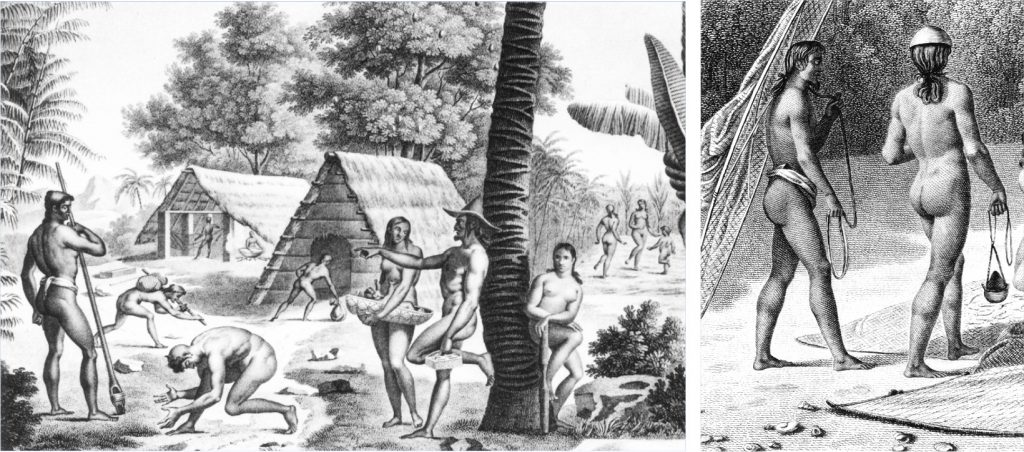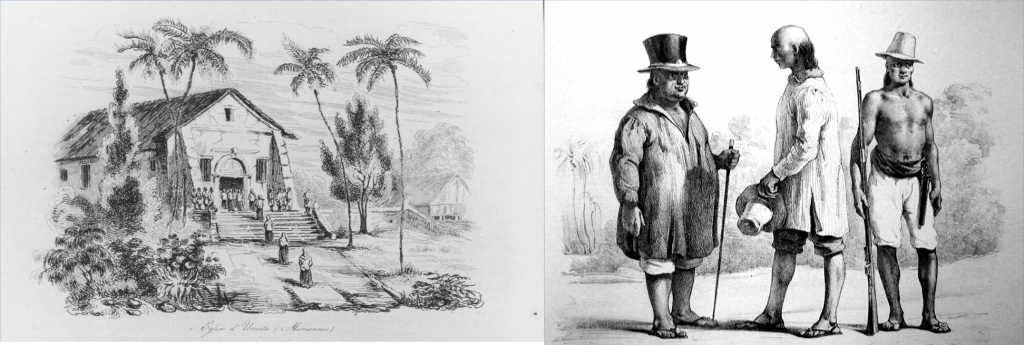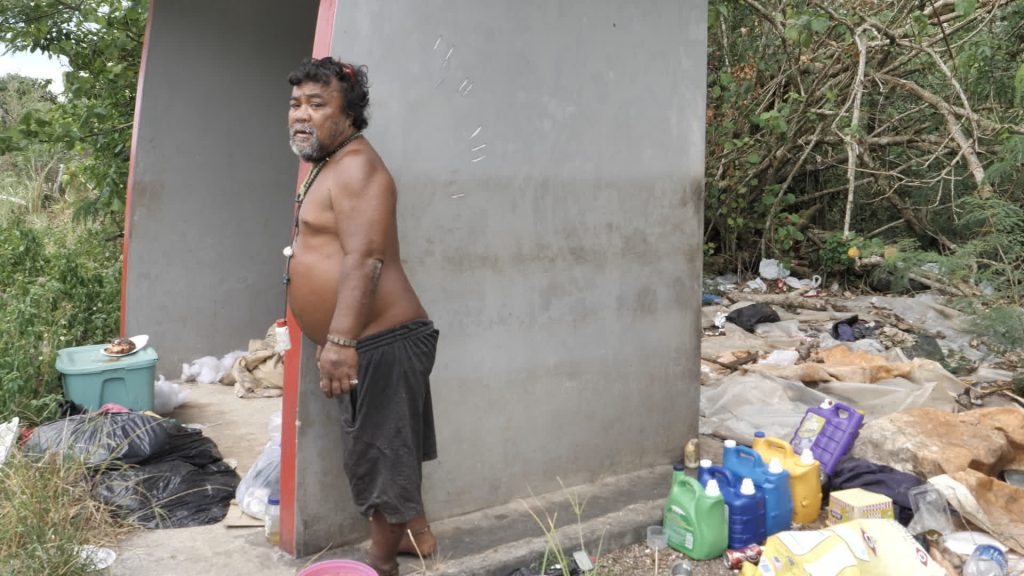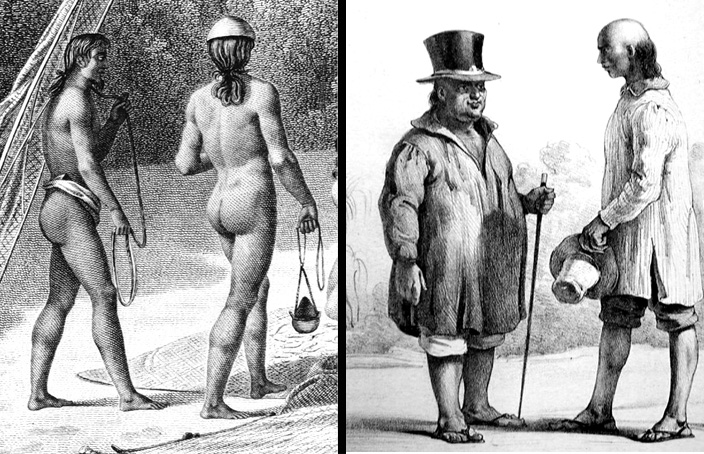What’s going on these days?
What’s going on these days?
A fair question, and one that a friend of mine asked me the other day. If you were to look at the photos on my Facebook page, the answer might be: group hugs and lots of food.
In fact, though, that is only part of the answer. There’s surely nothing wrong with friendship and food, but while waiting for the next group meal, we have to find something useful to do. (That insistence is part of my Teutonic DNA, I suppose.) Of course, I have masses and other parish responsibilities here in Dededo. Besides that, there is the obligatory 30-45 minutes of exercise each day–at the village basketball court if the kids happen to feel kind to old-timers, or on the treadmill in front of the mammoth TV screen watching a sports event or an ancient movie.
So, what’s new?
Well, I just finished a long essay that I hope to put out in booklet form on the survival of island culture here in Guam and the Marianas. Some people here, even strong Catholics, believe that the old culture was lost for good after the 17th Century missionaries (who happened to be Jesuit!) baptized and resettled those islanders who had survived the early wars.
We Jesuits have always prided ourselves on respect for the local culture in which we work. Mateo Ricci’s accommodation in China and the history of the Paraguay Reductions are well-known examples of this. So, my own writing tries to make the point that many cultural features survive, but in slightly altered forms. The wake for a dead relative is no longer the five days sitting around at home with family that it would have been before Christianity. It is now nine days of rosary with the family in a church. Children no longer compete in singing paeans to the ancient deity Puntan; now they chant the litanies as they romp through the fields.


In other words, change doesn’t mean loss of cultural identity. If it did, we’d all be cultural orphans. After all, how many of us can saddle up a horse these days… or even drive standard shift?
What else is new?
We’re working to finish off a film depicting the struggles of the homeless on Guam. There are nearly 900 of them at present, and their life is difficult in ways that you might not even imagine. For instance, they have no way of protecting their few prized possessions (like cellphone and passport) from other street people. Their greatest challenges come from others living on the street like themselves.

But more on this in a couple of months when the film is complete and ready for release.





